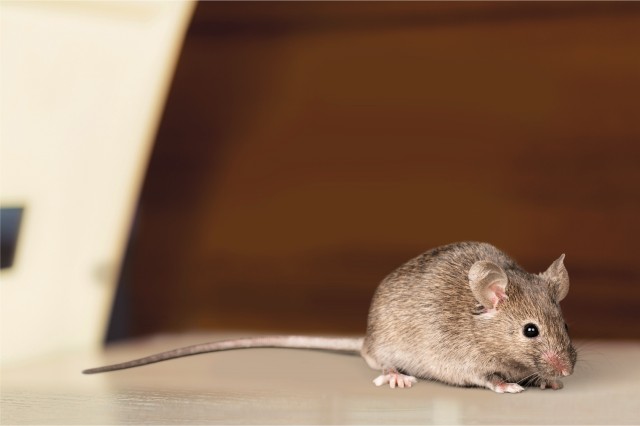Trap Data Logging for Food Safety: How It Works
Share
In today's world, ensuring food safety is of utmost importance, and a cutting-edge approach that is gaining traction is trap data logging for food safety. This innovative technique is transforming how businesses oversee and manage pest control in food-related sectors. As the demand for stringent safety protocols continues to rise, understanding the mechanics of this system and its advantages is essential.
At its essence, trap data logging integrates advanced technology to gather and analyze data from pest traps strategically placed in food processing and storage environments. This information yields invaluable insights into pest activities, empowering businesses to make informed decisions that uphold the highest food safety standards.

How Trap Data Logging Works
The process starts with the strategic installation of intelligent traps in areas susceptible to pest invasions. These traps come equipped with sensors and connectivity capabilities that enable them to log critical data, such as the number of pests captured, timing of captures, and environmental conditions. The logged data is then sent to a centralized system for thorough analysis.
This real-time data logging facilitates prompt responses to pest activities, thereby decreasing the risk of contamination and ensuring adherence to food safety regulations. Furthermore, historical data can reveal trends and aid in the implementation of preventative strategies. For more detailed insights, check out this warehouse infestation prevention guide.
Benefits of Trap Data Logging
1. Enhanced Monitoring and Control
With trap data logging, food businesses can efficiently track pest activity, enabling rapid and effective responses. This proactive stance significantly mitigates the risk of pest-related contamination, thus protecting consumer health and preserving brand integrity.
2. Improved Data Accuracy
Traditional pest control strategies often depend on manual monitoring, which can sometimes lead to inaccuracies. In contrast, trap data logging provides reliable, real-time data that enhances decision-making processes. This level of precision is crucial for complying with strict food safety regulations.
3. Cost-Effective Pest Management
By pinpointing pest activity trends and hotspots, businesses can fine-tune their pest control strategies, diminishing the necessity for widespread chemical treatments. This targeted approach not only cuts costs but also lessens environmental impact. For a comprehensive understanding of effective pest control in food processing, refer to this pest control guide.
Implementing Trap Data Logging in Food Safety Protocols
Incorporating trap data logging into existing food safety practices necessitates thoughtful planning and execution. Businesses should begin by identifying high-risk locations and determining the most effective trap placements. Choosing a reliable technology provider is also paramount to ensure the system's effectiveness.
Training personnel to interpret the data and respond effectively is critical. Regular data reviews and pest control evaluations will promote continuous enhancement of food safety standards. For insights on automated pest control in production, explore this automated pest control overview.
Challenges and Considerations
Despite the multitude of benefits offered by trap data logging, challenges remain. Initial setup costs can be significant, and businesses must ensure they possess the technological framework to facilitate data logging systems. Staying informed about the latest industry regulations and technological progress is equally vital.
Moreover, its essential to address data privacy concerns to guarantee that all collected information is stored securely and used responsibly. For insights into pest control practices tailored to specific sectors, consider this sector-specific pest control resource.
Conclusion
In summary, trap data logging is revolutionary in the field of food safety. By delivering real-time insights and refining pest management approaches, it plays a crucial role in consumer protection and compliance with safety regulations. As technology advances, businesses that embrace trap data logging will be better equipped to meet the rising demands for food safety.

FAQs
What is trap data logging?
Trap data logging is a technology-driven approach that collects and analyzes data from pest traps, offering real-time insights into pest activities in environments associated with food.
How does trap data logging improve food safety?
With real-time monitoring and accurate data, trap data logging empowers businesses to swiftly respond to pest activities, thereby minimizing contamination risks and ensuring compliance with safety regulations.
What are the costs associated with implementing trap data logging?
Although the initial expenses of setting up trap data logging can be substantial, the long-term benefits gained from enhanced pest management and reduced contamination risks often outweigh these costs.
This article contains affiliate links. We may earn a commission at no extra cost to you.
